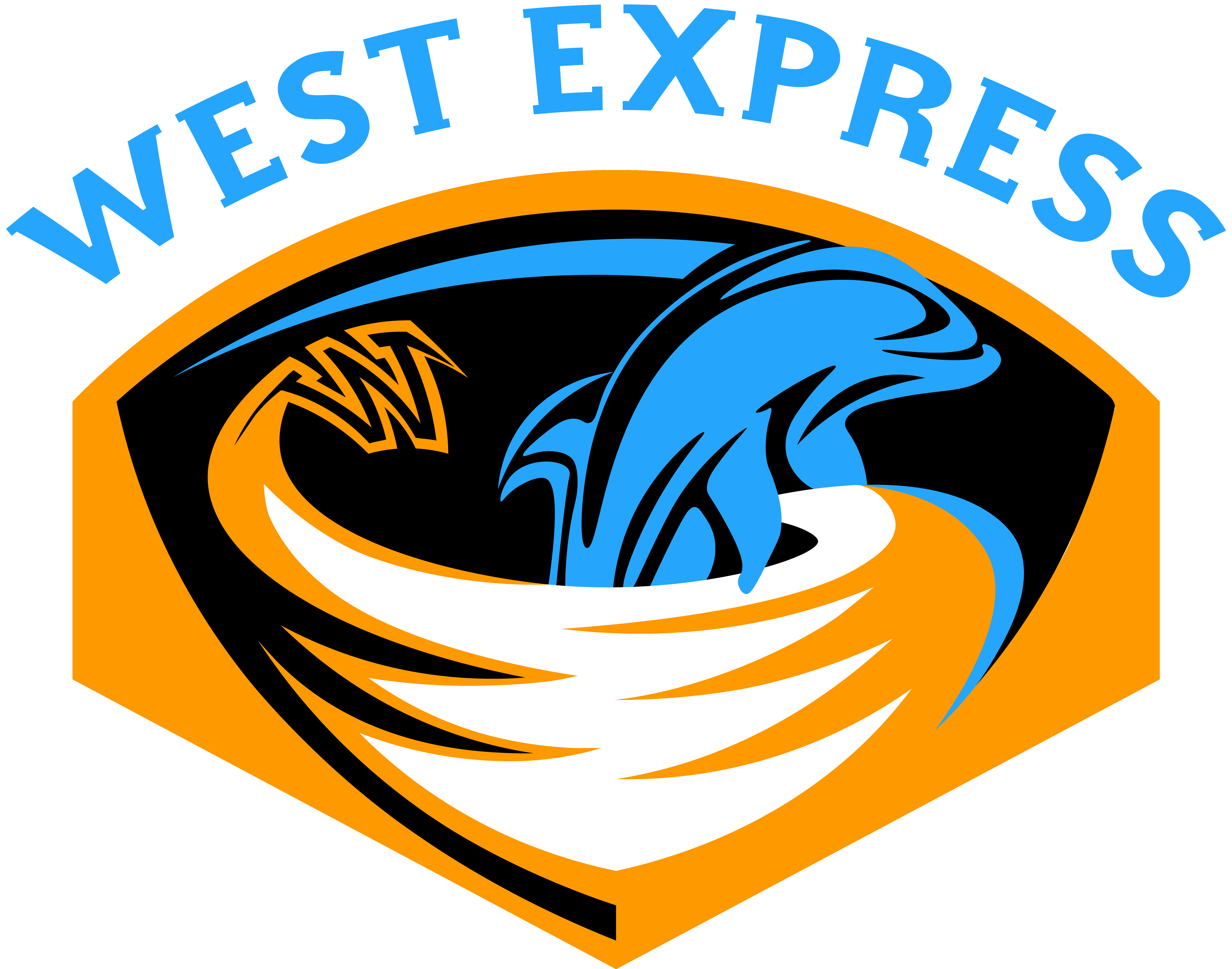

The Swimming Basics
Welcome to competitive swimming, an exciting and enriching sport for all. While it may initially seem complex, we aim to help newcomers easily navigate the sport. Competitive swimming fosters physical fitness and builds discipline, determination, and teamwork.
Our page is your go-to resource, addressing questions about strokes, rules, and swimming events. With the proper knowledge and support, you'll find competitive swimming to be a rewarding and fulfilling experience. So, let's dive in and explore the fantastic world of competitive swimming together!
USA Swimming
United States Swimming is the national governing body for the sport of swimming. All participants of WEST Express must be members of this organization. Membership is renewed in the fall of each year. Membership provides limited, co-benefit accident and liability insurance for swimmers participating in supervised workouts and swim meets.
Minnesota Swimming
Minnesota Swimming is the Local Swim Committee (LSC), or administrative division, that handles our geographic area, which includes all of Minnesota and a few select counties in Western Wisconsin. MSI grants annual charters to clubs like WEST Express, making them a part of the USA Swimming family. MSI also administers all USA Swimming-sanctioned meets within their jurisdiction.
Swimming Sessions
The competitive swimming year is divided into two seasons, each with championship meets. The first season starts in early September and runs through March. This season is typically called the Short Course Season because all competitions, except the Spring National Championship Meet, occur in a 25-yard, or "Short Course" pool.
The second competitive season runs from early April through early August. It is usually referred to as the Long Course Season because meets in this season are (whenever possible) held in 50-meter or "Long Course" pools. The Long Course format is used for all USA Swimming Senior National Meets and most significant international meets, such as the World Championships and the Olympics.
Because USA Swimming uses two formats (Long Course vs. Short Course) throughout the year, swimmers who swim year-round will have two different sets of best times, just as the club has two sets of club records. Swimmers, coaches, and parents will often try and "convert" times so that races and times in different formats can be compared, and there are several tools for sale at meets that will help with conversions. Still, parents should be aware that Long Course / Short Course conversions are rarely accurate. Instead, viewing each season and the times achieved in the season separately is more helpful.
The Four Competitive Strokes
One of the many things that makes swimming a unique sport is that swimmers compete in various strokes. Races are swum at multiple distances (depending on the age group) in each of the following strokes: Backstroke, Breaststroke, Butterfly, and Freestyle, as well as in an Individual Medley in which each swimmer competes for a specified distance of each of the strokes. Relays are also done in which one swimmer from each team swims each of the four strokes. These four strokes are the only ones that competed in USA Swimming meets—more information on each stroke can be found below.
Butterfly
The butterfly stroke is a demanding and dynamic competitive swimming style characterized by simultaneous arm movements and an undulating dolphin kick. Swimmers maintain a streamlined, horizontal body position, take quick breaths during arm recovery, and touch the wall with both hands simultaneously during turns and finishes. It requires strong upper body muscles and precise coordination, making it one of the most challenging swimming strokes.
Breaststroke
Breaststroke uses a two-arm simultaneous stroke, underwater recovery, and a strong "whip kick," sometimes called the frog kick. Balance in the breaststroke is attained through a "teeter-totter" motion in the water, which has swimmers alternating, putting pressure on the upper and lower body, rotating over the short axis. Usually considered the slowest of the four strokes, Breaststroke is also one of the most challenging strokes to do correctly.
Freestyle
Freestyle is a versatile competitive swimming stroke that allows swimmers to choose their preferred technique. The most common style is the front crawl, characterized by alternating arm movements, a flutter kick, and lateral head-turning for breathing. Swimmers maintain a streamlined horizontal position and can breathe on either side. This adaptability and efficient technique make it a popular choice in competitive swimming.
Backstroke
Backstroke is a competitive swimming style performed on the back. Swimmers use alternating arm movements, a flutter kick, and breathe freely with their faces above the water. Maintaining a streamlined position is crucial, and turns and finishes require precision, including a brief roll onto the stomach while touching the wall with both hands. It's a technically challenging and distinctive swimming style.
Swim Meets
Here at WEST Express, we believe that competitions are an essential step in the progression each swimmer goes through as a swimmer, so we, therefore encourage all eligible members to take part in the meets our club attends. At this point, however, none of our competitions are required. At all MSI meets, the events in which swimmers compete are determined based on the swimmer's age.
Each age group has its own set of events to ensure that swimmers compete on various occasions without requiring any athlete to swim in an event they cannot do (e.g., an 8-year-old will not compete in the 200 fly). Each age group also has its own set of time standards designed to provide a progression of improvement relative to the group’s age and physical maturity while ensuring that swimmers always compete against other swimmers of likeability.
The USA Swimming designated age groups are eight and under, 9-10, 11-12, 13-14, 15-16, and Senior. At almost all meets we attend, swimmers compete only against swimmers of the same gender and in the same age group, and seeding is done by time, which means your swimmer will always compete in the heat of swimmers of roughly the same ability level.
USA Swimming State Championships are annual competitions held within individual U.S. states. Swimmers, grouped by age, must meet specific standards to participate. The events cover a variety of races and serve as both competitive and developmental opportunities. Success can lead to higher-level competitions, and they provide a platform for swimmers to represent their home state and achieve personal bests. Specific information about State Championships in your state can be found through your state's swimming association or governing body.
The USA Swimming Central Zones meet is an annual regional swimming competition in the central United States. Swimmers of different ages compete in various events, aiming to meet specific qualification standards. It provides a developmental platform and an opportunity for regional swimmers to advance in the sport. Success here can open doors to higher-level competitions. For the most current details, visit the official USA Swimming website or contact USA Swimming directly.
Speedo Sectional Meets in the Midwest occupy a competitive space between regional Zones meets and the elite Junior Nationals. They do not have age groups, and their rigorous time standards are a testament to the level of skill required. Swimmers who qualify for these meets are already accomplished in their regions and aim to enter the national stage. These meets provide a crucial opportunity for swimmers to prove their mettle and open doors to higher-level competitions.
The Speedo Junior Nationals Championships are a vital stage for young swimmers in the United States. Geared towards athletes aged 18 and under, this event offers them a platform to showcase their emerging talent. Swimmers compete in various age groups and must meet strict qualification standards to participate. The championships feature many events, allowing these young athletes to excel in their chosen specialties. Success here is a significant stepping stone towards senior-level and international competitions. It attracts attention from the swimming community and beyond and is a pivotal event in developing rising swimming stars.
The USA Swimming Senior National Championships are the premier stage for competitive swimming in the United States. Swimmers from various age groups, including teenagers and adults, must meet stringent qualifications to compete in diverse events, demonstrating their versatility and skill. Success here often leads to international competitions, such as the World Championships and the Olympics. This high-profile event garners substantial attention, serving as a platform for swimmers to shine and make their mark as top talent in the country.
The USA Swimming US Open Championships are among the top-tier events in American competitive swimming. They attract elite swimmers from various age groups, and participants must meet stringent qualification standards. The championships feature diverse swimming events and provide a platform for swimmers to earn invitations to national and international competitions. With substantial attention from the swimming community, fans, and media, it's a high-profile event showcasing the sport's top talent.
The USA Swimming Olympic Trials, a quadrennial event, stand as the pinnacle of American competitive swimming. Swimmers of the highest caliber, who've met stringent qualification standards, compete for a place on the U.S. Olympic team. This intense competition draws immense attention from the swimming community and media, with athletes striving for peak performances. Success at the Trials isn't just a spot on the Olympic team; it's a historic achievement and a fulfillment of lifelong dreams. The Trials are an unparalleled celebration of excellence and the enduring quest for Olympic glory in swimming.
USA Swimming International Meets feature American swimmers competing on the global stage, representing the United States. These elite events attract top talent worldwide and showcase international excellence. Swimmers qualify through rigorous standards and vie in various races with potential Olympic implications. These high-profile competitions receive significant attention and provide participants with valuable international experience and recognition.






